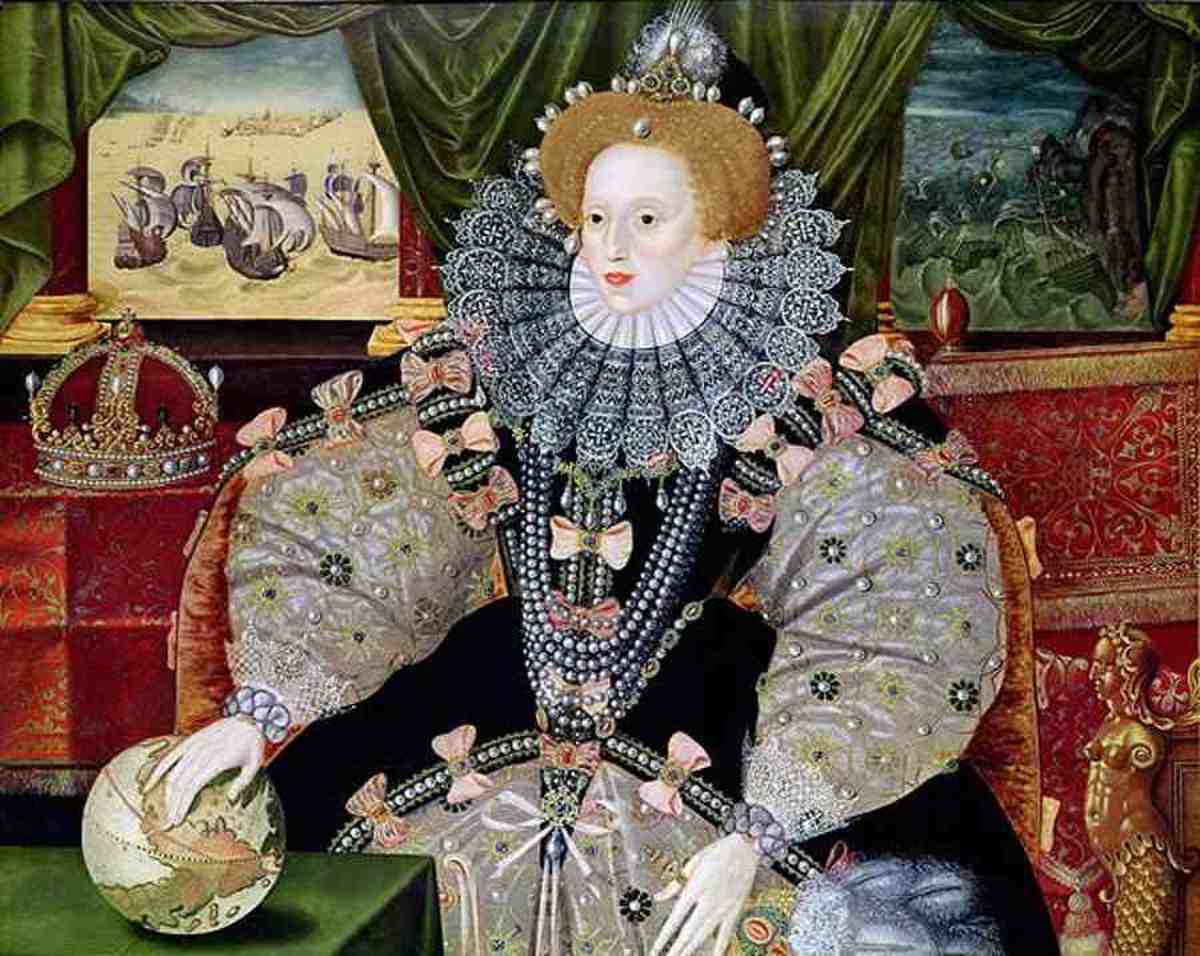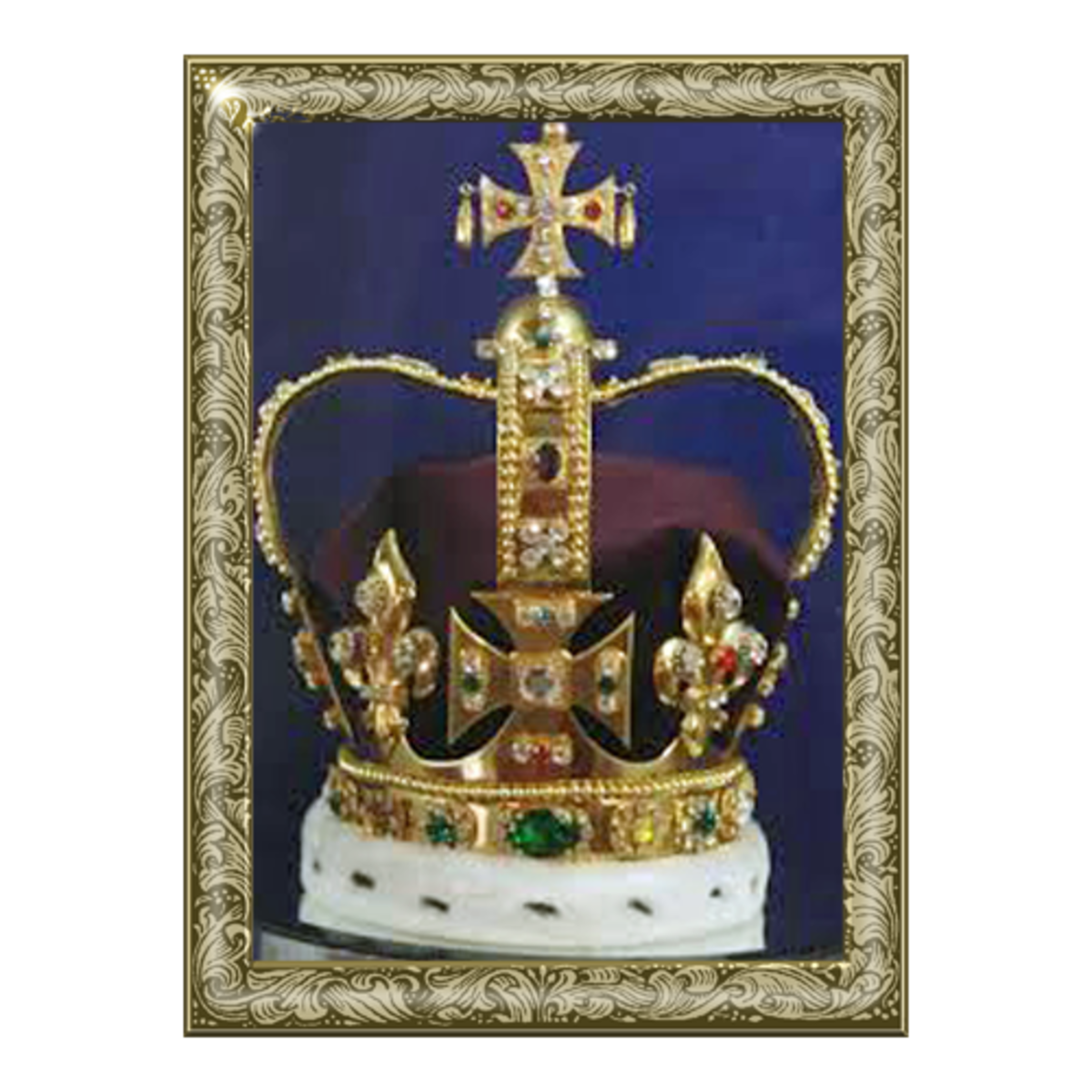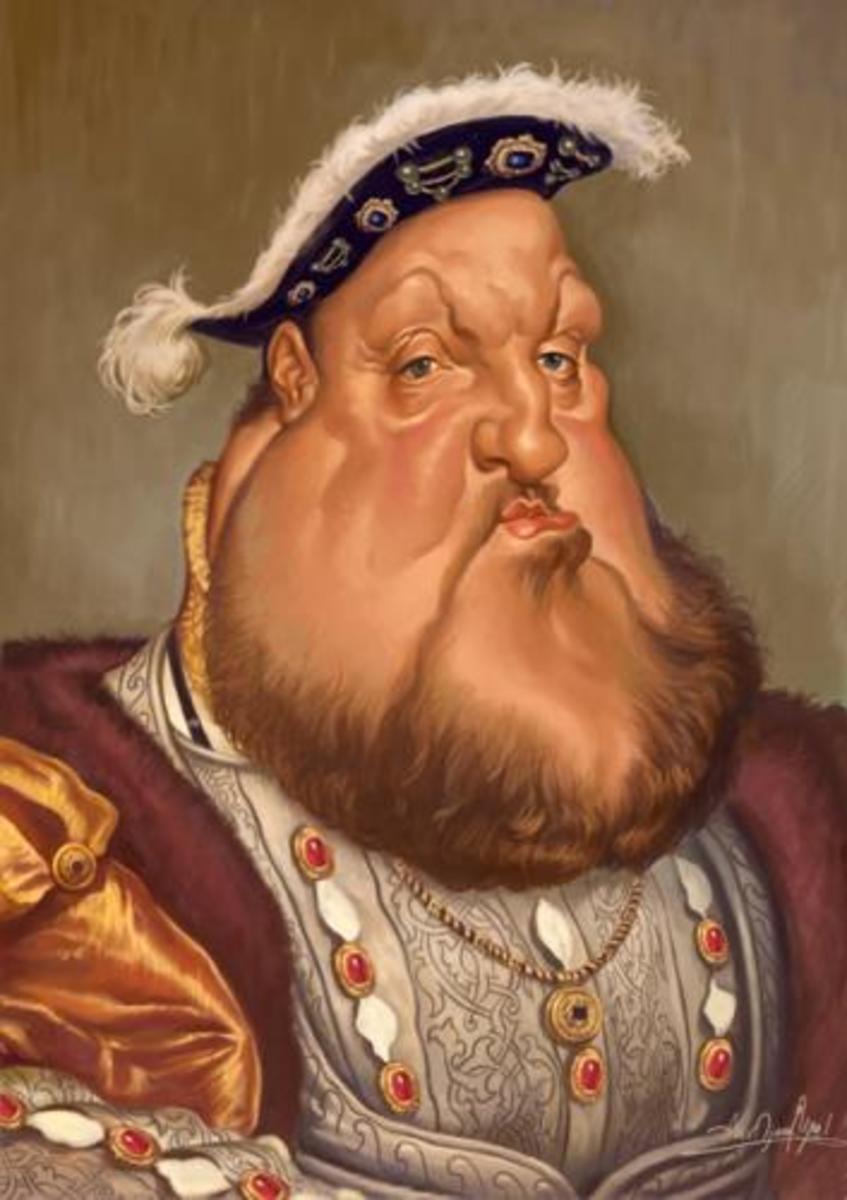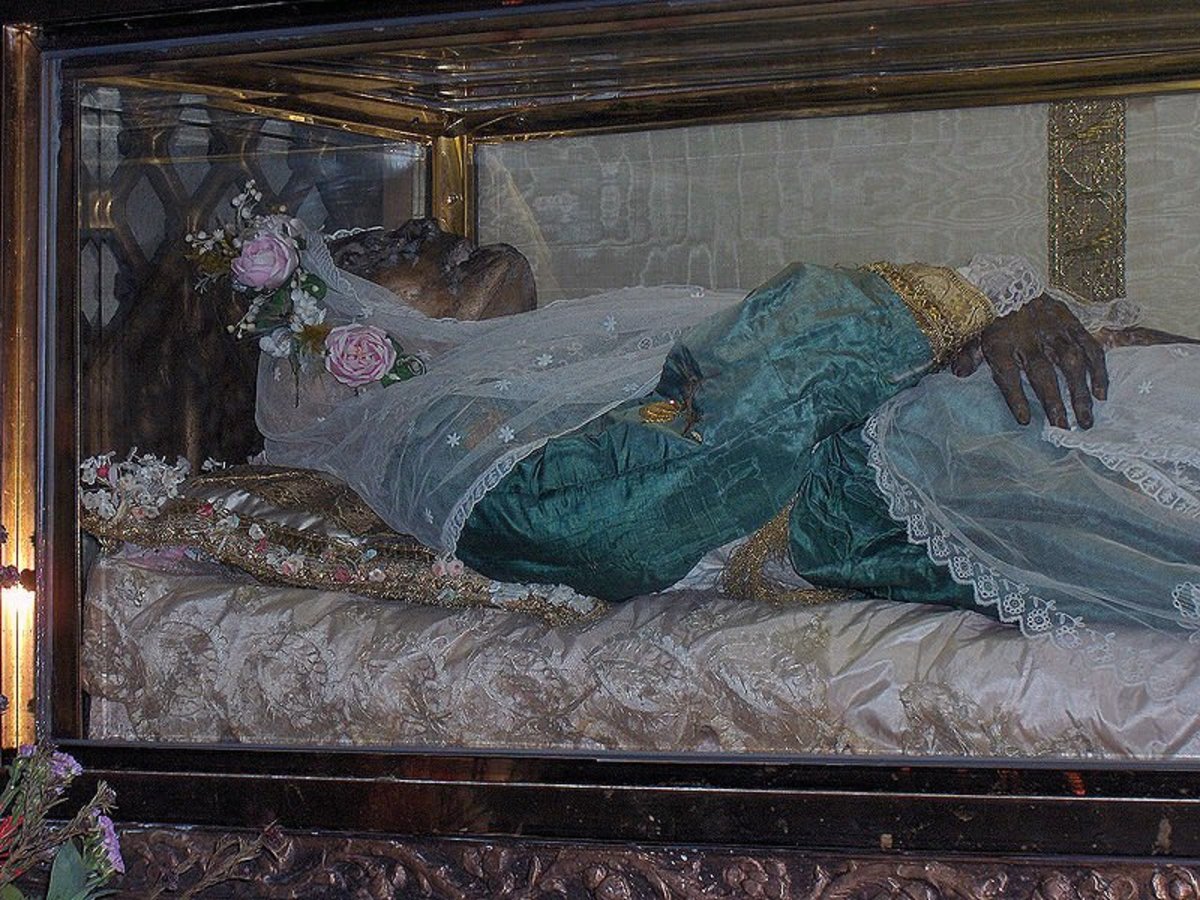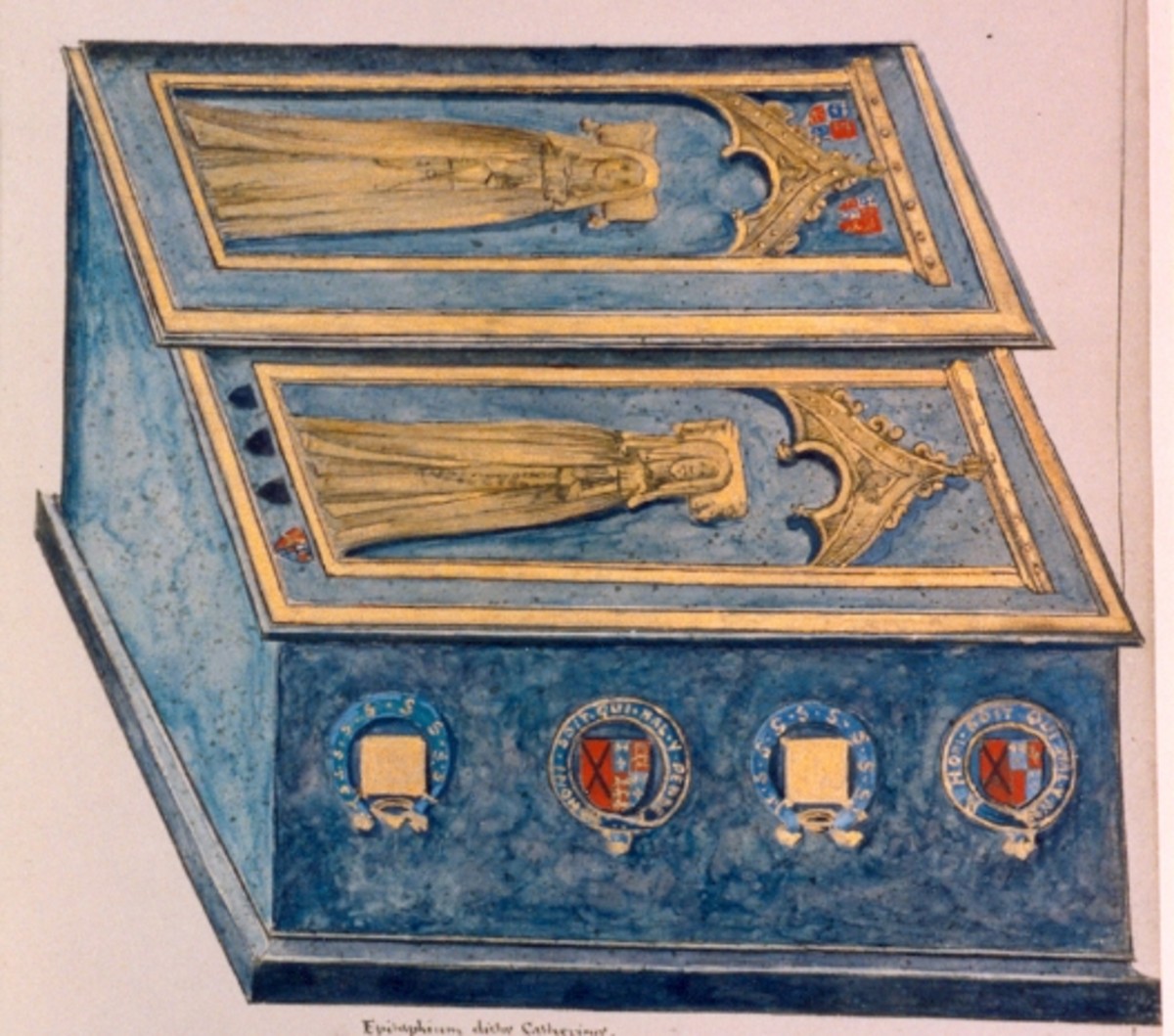Xenophobia in Stuart England

One of the most fascinating things about the Stuart dynasty, to me, is that in a clearly xenophobic age, three foreigners sat on the English throne, first a rival Scotsman, then a Dutchman and a German. During the reigns of Mary I and Elizabeth I, anxiety had ran high about their possible marriages subjecting the country to foreign rule, and yet Elizabeth left the throne to one of England’s ancient rivals. James I’s mother, grandfather, and great-grandfather had each suffered death and/or miserable defeat at the hands of the English before he inherited the crown from Elizabeth, and the English royal conservatory even kept the decapitated skull of a Scottish king for use as a flowerpot (Kishlansky 78). It’s incredible to think that the two countries were ruled by one king just one generation after the Elizabeth I had ordered the execution of her heir’s mother—albeit not legally united until 1707 (340).
Because of the enmity between the two countries, it’s no surprise that James’s inheritance was uncertain, with both the English born Arabella Stuart and Catherine Grey’s son, Lord Beauchamp, presented as possible alternatives (Richards 516-7). Since Elizabeth had always capitalized on her English maternity, claiming to be “borne merely Englishe here amongst us, and therefore most natural unto us,” this desire for native claimants is completely understandable, particularly as alternatives to a Scotsman (515). Also understandably, at James’s coronation, his English descent was painstakingly laid out, emphasizing his claim to the throne as descendant of Henry VIII’s eldest daughter Margaret, and later published genealogies even dubiously traced his line back to Noah (521), in a clear attempt to assert his right and noble lineage beyond any possible doubt. It seems miraculous that James’s accession to the throne was without violent incident.
It seems equally strange that somehow, a nation composed largely of apathetic or Catholic sympathizing people, if the interpretations of historians Christopher Haigh and Eamon Duffy are accurate, would spawn a revolution of godly Protestants within two generations of conversion to passive “parish Anglicanism” and that before the end of the century, anti-Catholic sentiment would run so high that England would rather accept a German king distantly related to Queen Anne as their next sovereign than allow a Catholic to rule. Although Haigh and Duffy’s debunking of the idea of a popular fervent Protestant movement struggling to overcome the yoke of the Catholic Church is well-supported and provides plausible explanations for, among other things, the ease with which Mary I was able to usurp the throne from her Protestant rival Jane Grey, it does place the rise of genuine, earnest English Protestantism and its accompanying fervent anti-Catholicism later in history.
Sources
Mark Kishlansky. A Monarchy Transformed: Britain 1603-1714. St Ives: Penguin,1996.
J.M. Richards. "The English Accession of James VI: ‘National’ Identity, Gender, and the Personal Monarchy of England." English Historical Review 472 (2002): 413-35.


